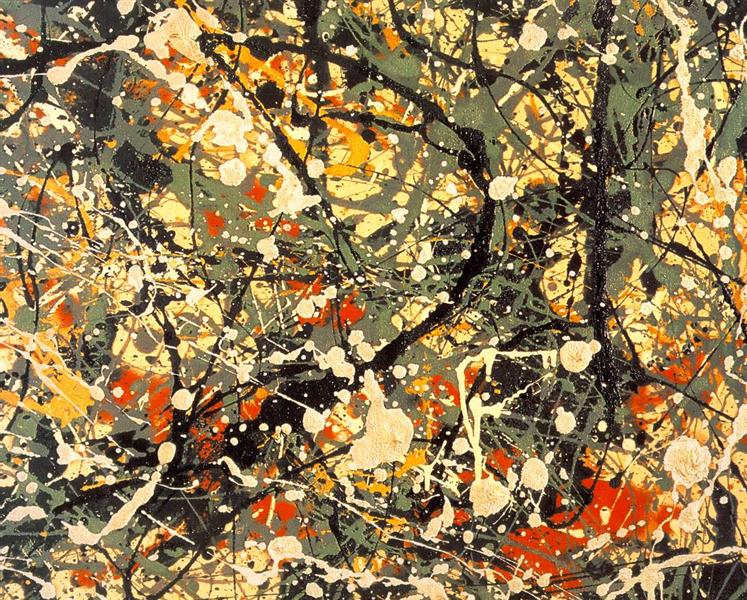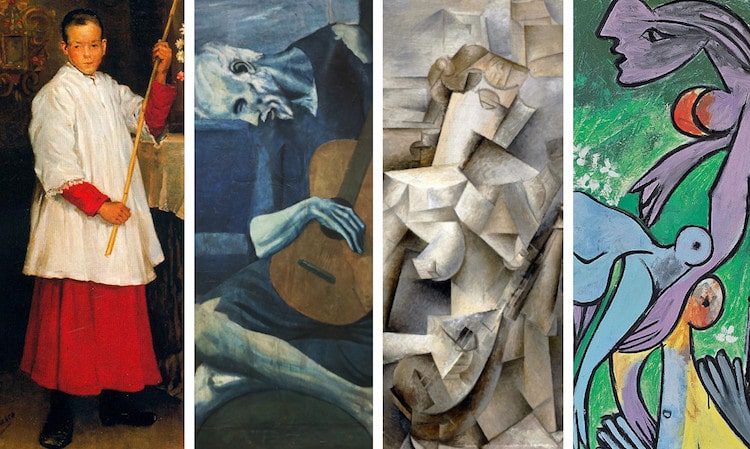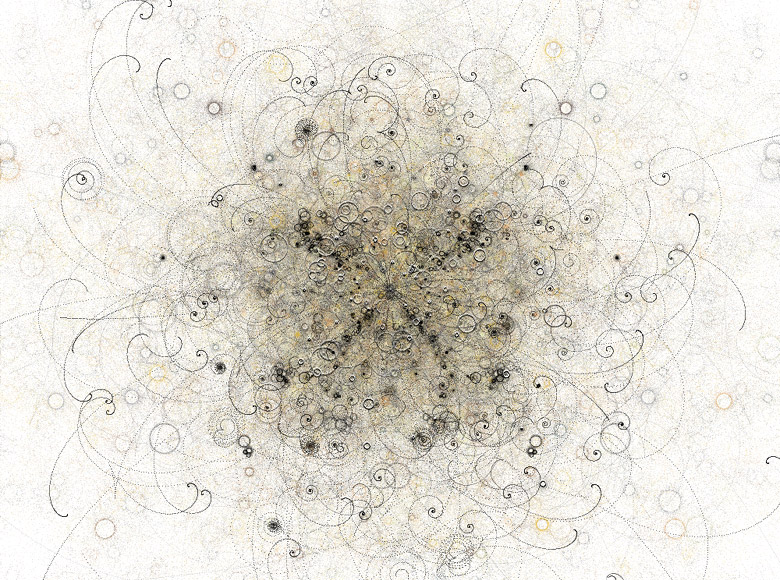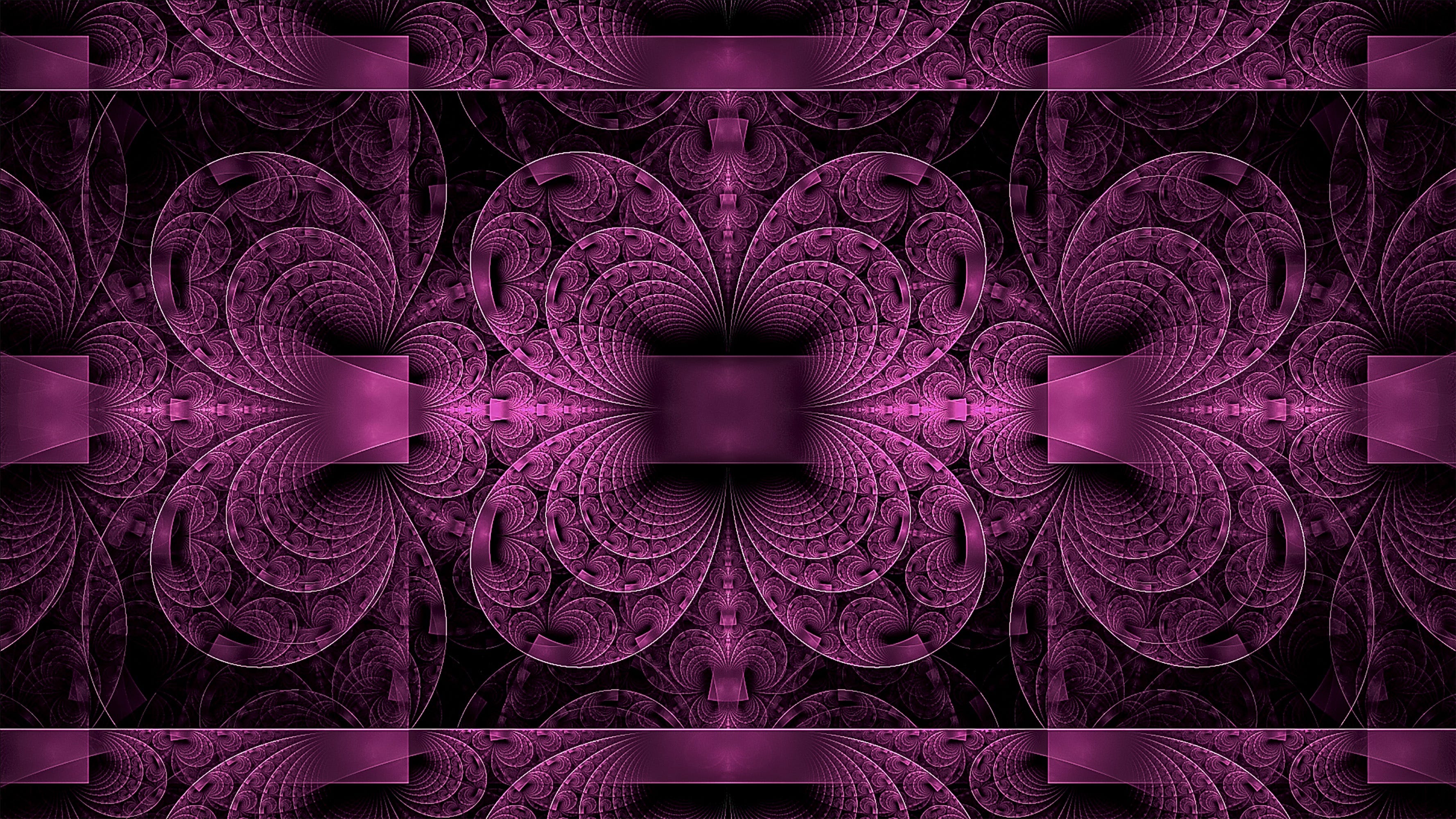“Art is not what you see, but what you make others see.” - Edgar Degas
The soul of art is depicted in the quote so well. Art is… a little hard to pin down with words but it isn’t just simply the act of transcribing from the physical world to paper.
So what is it?
We do know it is important to us. We dedicate entire buildings to the collection of art, we have art stores, art classes, and even entire markets that deal in it. We even dedicate entire academic disciplines to its techniques and cherish its history as we remember titans such Picasso, DaVinci or Michelangelo.
We might say it is a way for us to document the world around us. And paintings have functional uses, specifically before the invention of the camera. Yet what is it when we look at Jackson Pollock.

It doesn’t seem to represent anything. If we take it literally it looks like the clothes of a painter. Some will inevitably call it “children’s” art and it could very well be.
And here is the beauty of it all. An artist has will have directional vision for the observer when looking at his work. However, this is the important piece that many overlook, the artist leaves room for the imagination to run.
So what I see, I see yellow/reddish paint splotches which bring a sense of warmth. But then it is accented with black that has been layered over this warmth which draws away from the warmth and creates a sense of overshadowing.
The warmth could symbolize family, or good times. But the black does come in at times and threatens that warmth by overshadowing it. This could mean dark days such as war, or a traumatic event.
Then over top; he finishes off with white, the opposite of black. Which could be a resolution against the bad times. Or it could be start defiance of the dark times such as fighting back.
The story is all layered on top of it hinting to be all important and that life’s canvas leaves its marks in the good and the bad.
And that is just one interpretation of what can be seen in the art. It doesn’t have to be anyone’s interpretation but my own.
That is the boggling reality of art.
It is what the quote emphasizes as " what you make others see."
So how does that impact the generative arts?
I’d translate it to mean that as a generative artist, my goal is to create an autonomous frameworks that emphasizes a path for the viewer to walk.
It is in the technique and experimentation that make so many interesting possibilities.
Experimentation helps to iterate through thoughts, colors, and techniques to come up with a style in which the artist is satisfied. At times it happens in phases, one’s style changes over time, and others will have taken new direction within the same painting.
Picasso demonstrates his shift over decades starting his work in Realism morphing over time into cubism and then with created pieces in Surrealism. He kept pushing the bounds through experimentation that really gave Picasso the diversity throughout his visionary works.

In the same way as the generative artist can take similar routes, and will play with different methodologies.
I think many of us are in the “realist” phase of mimicking natural phenomena such flocking, swarming, reaction diffusion, etc. I love what they offer; but at some point we will see some new and exciting things come from it.
Jared Tarbell has been the most inspiring of generative artists that have come out in the last number of years. There is just an extraterrestrial vision about his work which I do wish that someday he will go back to his roots and continue down this road after he has finished working with Etsy.

The next breakthroughs will come as we continue to discover new algorithms that will move past what we observe into the interpretation of the world around us. Think about the discovery of cellular automata, its an example of what intelligence may look like even when it simply follows a set of rules.

I’m personally very excited to see how we push forward and find other otherworldly interpretations of our world through the lens of computation.
Well I hope that there is always something inspiration for you all to glean.
Happy Holidays!
Chris Ried
P.S.
Don’t forget to sign up and share the book giveaway!
Participation
Genuary 2021 a.k.a Inktober for Generative Artists

GENUARY is an artificially generated month of time where we build code that makes beautiful things.
It happens during the month of January 2021.
For every 24 hour day within this 744 hour timespan, we have prepared a prompt with instructions for you to execute.
You don’t have to follow the prompt exactly. Or even at all. But, y’know, we put effort into this.
You can use any language, framework or medium. Please respect the Geneva Conventions.
Share your work and tag it with #genuary and #genuary2021. If you’re going to misspell it as #genaury, please go all in and include all permutations.
I am quite excited for the following! It will be a great exercise that I think all of you should participate in!
Featured Artist
Tyler Hobbs



Inspirations
Forms - Screen Ensemble
https://vimeo.com/464531284#at=66
Forms -Screen Ensemble- is a generative visual music jukebox. Driven by chance and probability, this automata creates endless, unrepeatable graphic scores that are immediately transformed into sound by means of sonification algorithms. Images become sound spectrums, making it possible to -literally- hear what you see. The dream of Kandinski.
🏛️ Exhibits / Installations
Narcisse
{{ youtube Yd6krWW_UbM }}
🚤 Motion
Diffusion Choir
Diffusion Choir is a kinetic sculpture that uses 400 folding elements to reveal the movements of an invisible flock of birds. Its movements are always changing, driven by custom software running a flocking algorithm.
🔖 Articles and Tutorials

Physarum
There are two requirements of efficiency in foraging behavior: 1.) to search a maximal area and 2.) to optimize transport distance. Physarum polycephalum is a unicellular multinucleate organism that excels at these two competing tasks through the mechanisms of growth, movement, and area reduction. When the organism can choose to travel through two different paths to a destination, the emergent behavior allows it to effectively find shortest paths. This allows Physarum to navigate mazes, develop optimal road-like systems and solve other path-finding problems
Another natural biofabrication algorithm that I’ve found to be quite pleasing to the eye.

Models of Interaction
Models of Interaction is a catalogue of the different ways of interacting with computers and their underlying models. This is one segment of a trilogy. The other parts are called Models of Computer and Models of Computation. This is an attempt at trying to understand the prime factors which are involved into understanding the process of performing computation from end to end.

Drawing 10 Million Points With ggplot: Clifford Attractors
I am a big fan of Clifford Pickover and I find inspiration in his books very often. Thanks to him, I discovered the harmonograph and the Parrondo’s paradox, among many other mathematical treasures. Apart of being a great teacher, he also invented a family of strange attractors wearing his name. Clifford attractors are defined by these equations:
Fundamentals of ThreeJS
Three.js is often confused with WebGL since more often than not, but not always, three.js uses WebGL to draw 3D. WebGL is a very low-level system that only draws points, lines, and triangles. To do anything useful with WebGL generally requires quite a bit of code and that is where three.js comes in. It handles stuff like scenes, lights, shadows, materials, textures, 3d math, all things that you’d have to write yourself if you were to use WebGL directly.

Computational Creativity: The Role of the Transformer
Over the years, computers have become increasingly sophisticated in their ability to identify more and more complex patterns. The field of computational creativity, a multidisciplinary endeavour to build software that can assist humans in a variety of tasks in the arts, science and the humanities, has seen much progress since the early days of computers where instructions had to be explicitly programmed.
Books
The Art Of Computer Designing: A Black and White Approach
The computer is a magic box. Many graphic images are hidden inside it. This book is a beginner’s introduction to calling forth these images as author Sato shows how to create figures with basic shapes - i.e., lines, arcs, squares and circles - and does so simply, clearly, and above all very logically. This is an everyday guide to computer illustrating, a collection of design ideas and a compendium of Mr. Sato’s own computer art works. All the shapes in this book are black and white, but it is a black and white world full of potential. Just looking at the myriad manifestations of form is a joy, but for those who will use it to begin creating their own shapes this book offers far, far greater pleasure.
The best part of this book is that it is up on Archive.org for free. Please take time to look at it and find that there are some interesting ways to discover the ability to draw with computers.
Also, attached is a list of books that are devoted to the generative arts.
